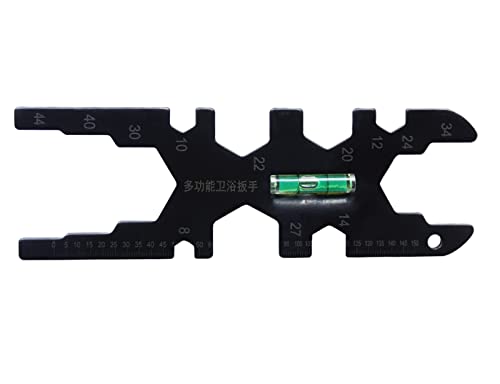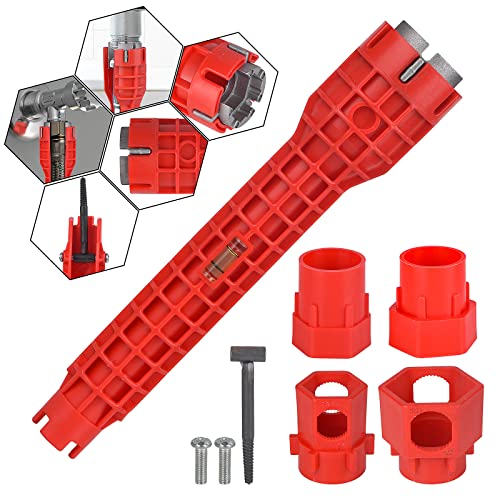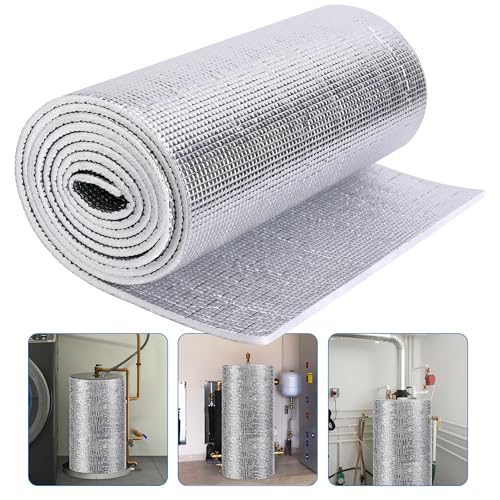bkspero
Active Member
My son's HVAC contractor has proposed that he replace his single speed boiler water circulation pump with a variable speed pump controlled by the delta T of the water across the hot water coils. They have quoted a TACO 0011-VDTF4 3 speed delta T pump.
Does anyone here have the performance curves for that pump? The TACO website has curves for the 0010 and 0012 models, but not the 0011. It does have a separate page for the 0011-VDTF4, but that page links to a data sheet with performance curves for their single speed pumps only. Online sellers offer that pump, but they, too, have data sheets for it which only contain curves for single speed pumps.
Does anyone here have the performance curves for that pump? The TACO website has curves for the 0010 and 0012 models, but not the 0011. It does have a separate page for the 0011-VDTF4, but that page links to a data sheet with performance curves for their single speed pumps only. Online sellers offer that pump, but they, too, have data sheets for it which only contain curves for single speed pumps.




















































